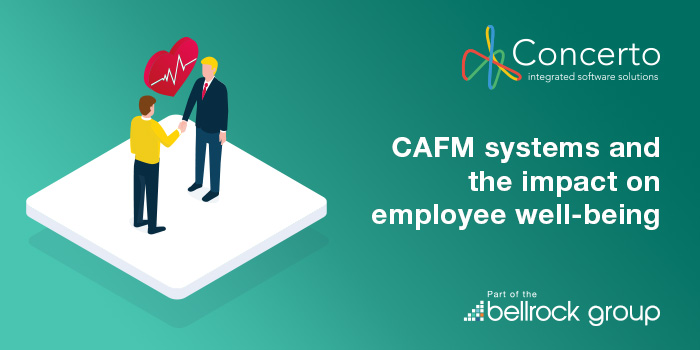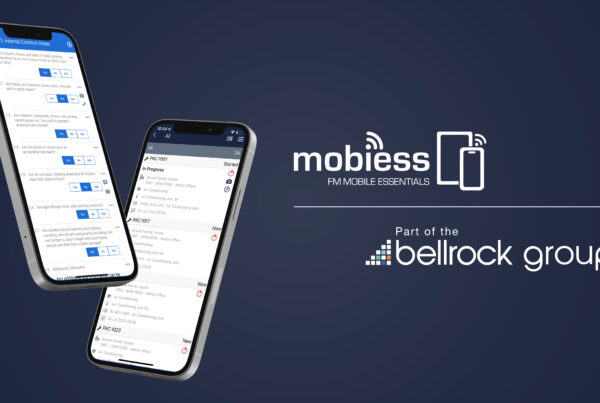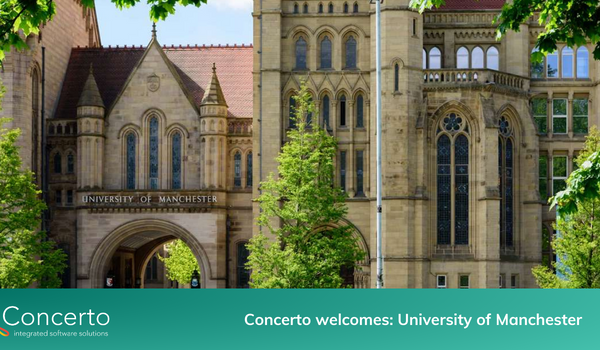Do you ever think a CAFM system could impact your employee’s wellbeing?
A discussion on how you can use a CAFM system to support your employee well-being program.
The changes to the facilities industry overnight due to the pandemic and the hybrid working model continue to stick. We have seen a massive increase in technology adoption to support the new ways of working. But did you ever think that your CAFM could be having a positive impact on your team’s wellbeing?
Companies are embedding well-being into their people strategy more now than ever with remote working as they don’t just have to manage it in the office location. These strategies need to work and include the employee’s home. The new hybrid working is also expected to come with many new and different benefits to the employee, such as improved work-life balance, personal time-off, mental health programs and more. Your employees are now scrutinising the workplace with a more focused eye on how it impacts them.
Initially, I think many companies were worried about changing their office designs and thought we would be back to the old way of working very soon, but hybrid working is now the norm, and redesigning office space is no longer a fear. It is just part of everyday life. However, we now have most of our staff in three categories; office, home, and hybrid. This has meant the redesign of space and office processes need to cater to each group, and they require different things and thinking.
Employers that have embraced this change and added simple technology into the mix to run their offices have seen positive results in creating workplaces that promote collaboration and productivity and are designed for engagement. Companies have begun to realise that employee happiness and wellness are key to long-term success and longevity of service.
Optimised Space Management
Understanding your business space and how it is being used is not fresh news, and remote working had already been on the rise even before the pandemic. However, the new systemic shift has meant that businesses have been trying to reduce space, change from the desk per person ratio and regionalising their building According to PwC, the primary purposes of the office post-Covid is more about collaboration, company resources, client and team meetings, and training career development.
With buildings now having to be flexible and activity-based, the business now needs to allocate desks and meeting rooms on request bases to a large proportion of their employees. Implementation of technology is seen as a must to support these changes and their employees.
The changes in the way of working, office space closure, and redesigns could have been unsettling to to employees, so making what happens next inclusive and accessible to use is important. Booking a car park space, desks, meeting rooms, or function rooms is vital to achieving this and needs to be easy and efficient.
IWMS software can help employers visualise spaces, track utilisation, and reconfigure as needed to optimise the office for different functions. Employees should also use it to book and feel comfortable attending the office. Also, considering health and safety requirements, a booking system will ensure cleaning that is needed to protect employees has taken place before they arrive.
Internet of Things (IoT)
With the increased flexibility of the office space and the reduced occupancy, businesses are looking to see a reduction in operating costs of the property but still provide a great environment to work and visit. You can’t achieve this by just turning things off. The business needs an intelligent way to run these buildings based on occupancy.
Booking space within the office aligned with IoT allows you to open areas or floors as needed. As more people book in you can understand the level of services you need to provide, for example cleaning, what needs to happen, where and when. Suppose you connect your HVAC, air conditioning and ventilation to IoT sensors and controls – they will react to what needs to happen regarding temperature and C02 increases and decreases only in occupied areas. This will provide employees with the environment they need but also provide the business with the energy savings for the reduced occupancy. These optimised sensor-driven buildings can typically achieve savings of 15% to 20% of total energy spent. Finally, not forgetting that we have a CAFM installed, connected to the building IoT, the automating task alerts for cleaning, maintenance and helpdesk will undoubtedly reduce the strain on your teams.
Improving space optimisation and innovation in the workplace and giving staff more control over where and how they work has seen improvements in employee engagement and well-being as it is known to reduce employees’ likelihood of logistical issues in their office that could cause distress and loss of time.
Overall, your employees’ well-being now has more implications than just performance and productivity. It should be including families, relationships and society. With the correct use of technology, you can support your employee’s wellbeing by improving the working environment within your buildings and making the transition from home to office easy, with little to no worries about what they will find on arrival, giving them the tools, they need.








